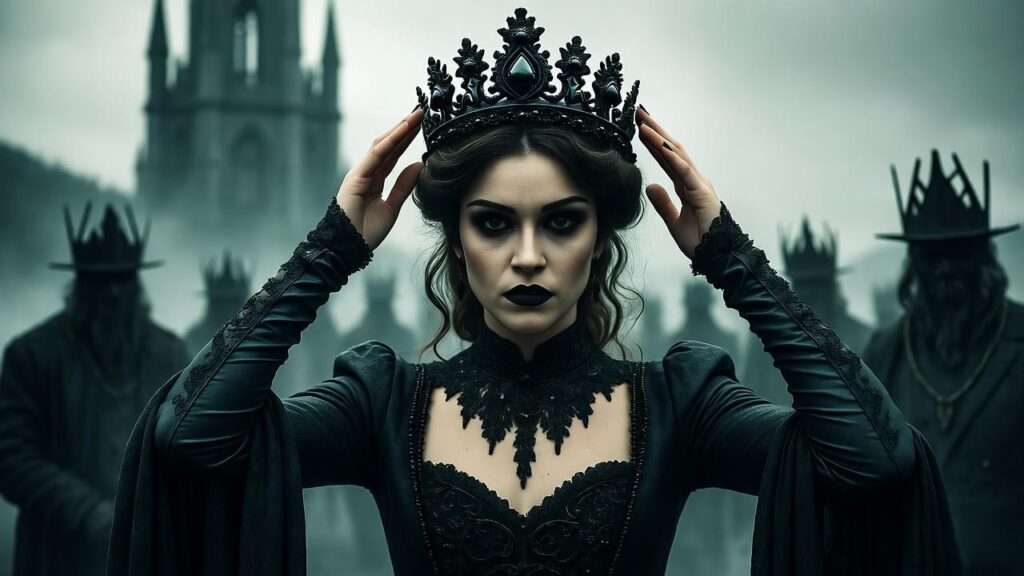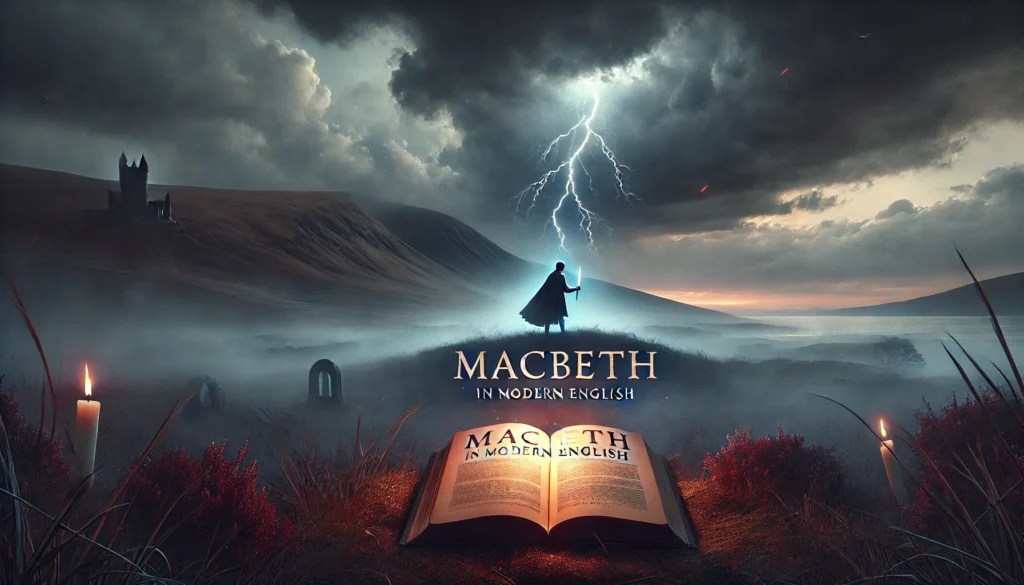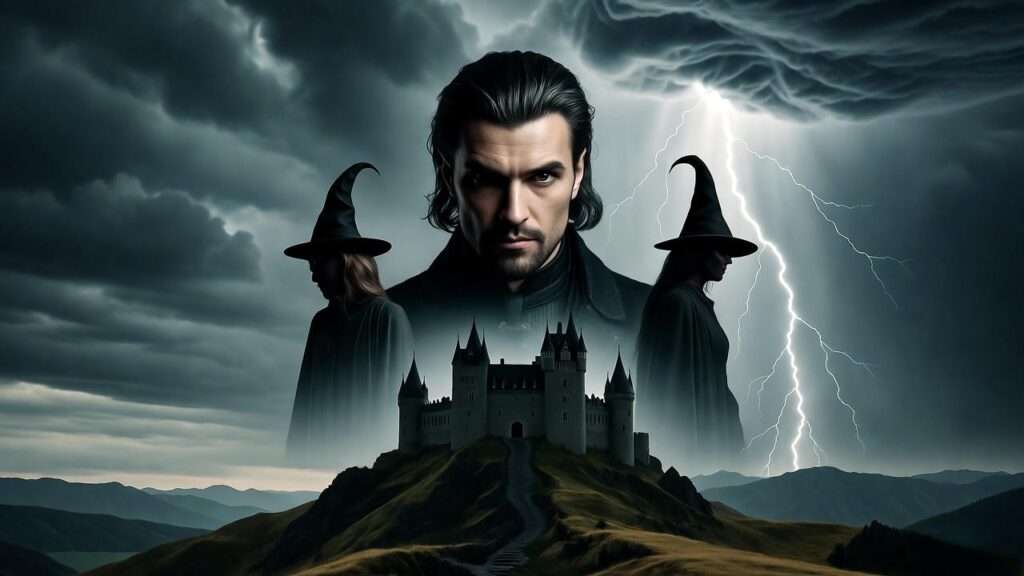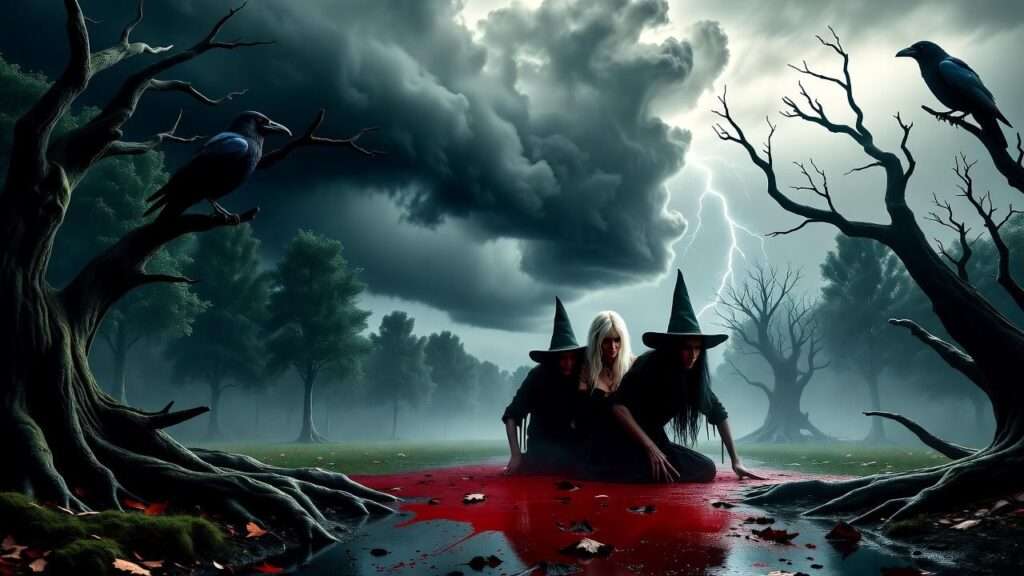Picture a woman, cloaked in ambition, her whispered words igniting a fire of treachery that consumes all in its path. This is Lady Macbeth, Shakespeare’s indomitable force in Macbeth, whose shadow looms large over literature. In the haunting, gothic worlds of Ava Reid, the focus keyword Lady Macbeth Ava Reid finds resonance, as Reid’s novels echo the complexity of this iconic character. As a Shakespeare scholar and avid reader of Reid’s folklore-infused tales, I’ve uncovered striking parallels that enrich both works. This article delves into how Reid’s characters reflect Lady Macbeth’s themes of ambition, guilt, and power, offering fresh insights for fans of Shakespeare and modern gothic literature. By exploring these connections, we’ll deepen our appreciation of both authors, bridging classic and contemporary storytelling in a way that resonates with today’s readers.
Understanding Lady Macbeth’s Archetype in Shakespeare’s Macbeth
The Essence of Lady Macbeth’s Character
Lady Macbeth is one of Shakespeare’s most compelling creations, a figure whose ambition drives the tragic engine of Macbeth. Her character is defined by a ruthless desire for power, famously captured in her chilling soliloquy: “Come, you spirits / That tend on mortal thoughts, unsex me here” (Macbeth, Act 1, Scene 5). This plea to shed her femininity for cruelty underscores her willingness to defy societal norms. Yet, her arc is not one-dimensional; her later descent into guilt, epitomized in the sleepwalking scene where she frantically tries to wash imagined blood from her hands, reveals a psyche unraveling under the weight of her actions.
Scholars like Harold Bloom have noted Lady Macbeth’s complexity, describing her as a “study in the psychology of ambition” (Bloom, Shakespeare: The Invention of the Human). Her ability to manipulate Macbeth into murder, coupled with her eventual collapse, makes her a timeless study of human contradiction. For readers seeking to understand her influence on modern literature, these traits—ambition, manipulation, and guilt—form a blueprint that resonates in Ava Reid’s works.
Lady Macbeth’s Cultural and Literary Impact
Lady Macbeth’s influence extends far beyond the Elizabethan stage. She’s a cultural touchstone, reimagined in films like Throne of Blood (1957) and TV series like House of Cards, where Claire Underwood mirrors her calculated ambition. Feminist scholars, such as Elaine Showalter, argue that Lady Macbeth challenges traditional gender roles, embodying a proto-feminist defiance that captivates modern audiences. Her image as a powerful, flawed woman continues to inspire writers, making her a perfect lens for examining contemporary authors like Ava Reid, whose gothic heroines navigate similar tensions between power and morality.
Ava Reid’s Literary Style and Shakespearean Connections
Who Is Ava Reid?
Ava Reid has emerged as a distinctive voice in contemporary literature, known for novels like The Wolf and the Woodsman (2021) and Juniper & Thorn (2022). Her works blend gothic horror, Eastern European folklore, and psychological depth, creating narratives that feel both timeless and modern. Critics, including those at Publishers Weekly, praise her for crafting “complex, morally gray heroines” who grapple with identity and power in oppressive worlds. Reid’s academic background in history and her fascination with myth make her a natural successor to Shakespeare’s dramatic storytelling.
For Shakespeare enthusiasts, Reid’s novels offer a treasure trove of allusions. Her lyrical prose and focus on female agency echo the Bard’s ability to weave universal themes into specific cultural contexts. Understanding her style is key to seeing how Lady Macbeth’s archetype finds new life in her characters.
Shakespearean Influences in Reid’s Works
Reid’s novels are steeped in Shakespearean themes—betrayal, ambition, and the supernatural—reimagined through a folkloric lens. In The Wolf and the Woodsman, the protagonist Évike navigates a world of political intrigue and personal sacrifice, much like Macbeth’s Scotland. Reid’s use of lush, poetic language mirrors Shakespeare’s own, with passages that evoke the eerie atmosphere of Macbeth’s witches. For example, Évike’s encounters with mythical creatures parallel the Weird Sisters’ cryptic prophecies, setting the stage for moral ambiguity.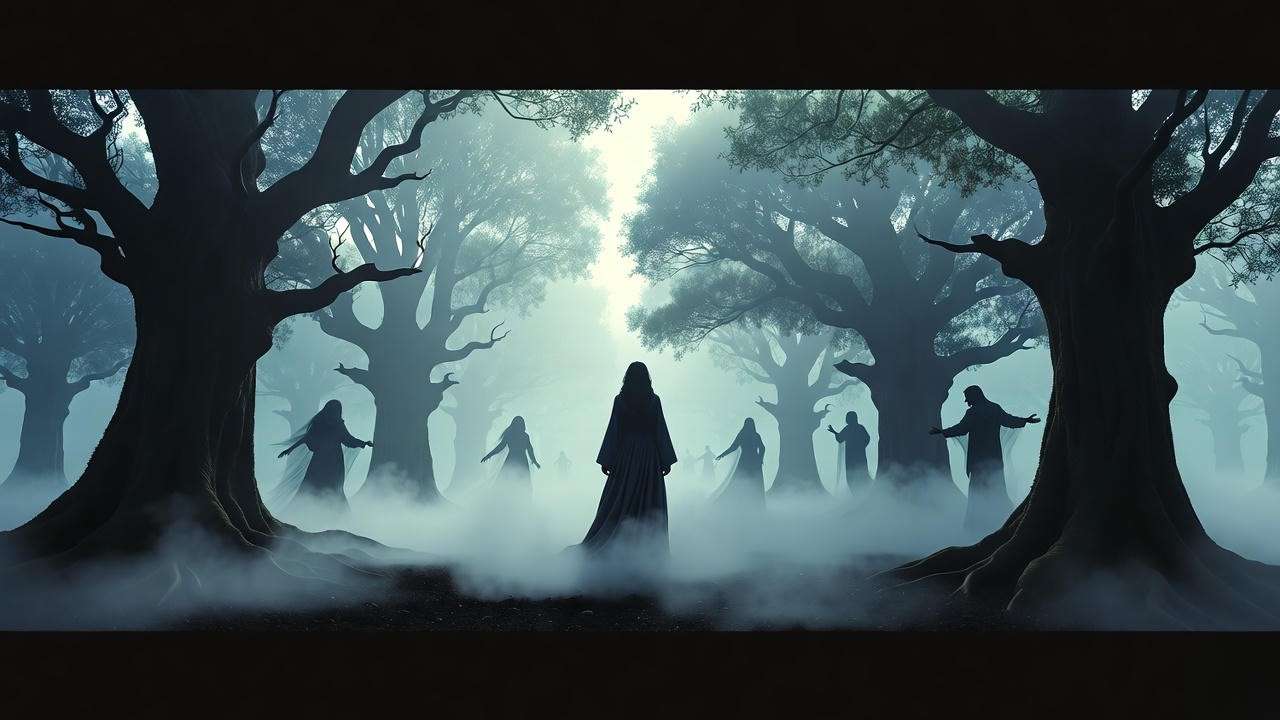
In Juniper & Thorn, Reid explores themes of guilt and transformation, reminiscent of Lady Macbeth’s psychological unraveling. The novel’s gothic setting, with its oppressive household and dark magic, amplifies Shakespearean drama, creating a stage where characters confront their desires and regrets. Literary critics, such as those at Tor.com, note that Reid’s work “reimagines classic archetypes for a modern audience,” making her a fitting subject for exploring Lady Macbeth’s influence.
Lady Macbeth’s Echoes in Ava Reid’s Characters
Thematic Parallels: Ambition and Power
Reid’s protagonists often embody Lady Macbeth’s ambition, reinterpreted through a feminist lens. In Juniper & Thorn, Marlinchen, a young woman trapped in her father’s magical household, yearns for autonomy, much like Lady Macbeth seeks power through her husband’s rise. Marlinchen’s calculated defiance of her father’s rules mirrors Lady Macbeth’s manipulation of Macbeth, though Reid grants her character a path toward redemption absent in Shakespeare’s tragedy.
Consider Marlinchen’s pivotal decision to confront her family’s dark secrets: “She wanted to be free, not just of the house, but of the weight of its history” (Juniper & Thorn). This echoes Lady Macbeth’s hunger for agency, but Reid reframes it within a modern context, where ambition is tied to personal liberation rather than political conquest. This nuanced portrayal resonates with readers seeking strong, complex female characters.
Guilt and Psychological Depth
Guilt is a central theme in both Macbeth and Reid’s works. Lady Macbeth’s sleepwalking scene, where she laments, “Out, damned spot!” (Macbeth, Act 5, Scene 1), is a masterclass in depicting psychological torment. Reid captures similar depth in The Wolf and the Woodsman, where Évike grapples with the consequences of her choices in a war-torn world. Her internal conflict, described as “a wound that would not close,” mirrors Lady Macbeth’s descent into madness, yet Reid’s protagonist finds a path to reconciliation.
Literary scholar Susan Snyder argues that Shakespeare’s depiction of guilt “humanizes even the most villainous characters” (Shakespeare: A Wayward Journey). Reid adopts this approach, using guilt to add layers to her characters. For readers, this parallel offers a deeper understanding of how modern authors build on Shakespeare’s psychological insights.
Subversion of Traditional Gender Roles
Lady Macbeth’s plea to be “unsexed” challenges Elizabethan gender norms, a theme Reid amplifies in her feminist narratives. In Juniper & Thorn, Marlinchen’s struggle for agency in a patriarchal household reflects Lady Macbeth’s defiance, but Reid subverts the tragic outcome. Where Lady Macbeth succumbs to her guilt, Marlinchen carves out her own destiny, reflecting a modern sensibility that empowers female characters.
This subversion aligns with feminist literary criticism, which views Lady Macbeth as a figure of “disruptive femininity” (Showalter, Representing Ophelia). Reid’s characters extend this disruption, offering readers a fresh perspective on female power. For example, Évike’s refusal to conform to societal expectations in The Wolf and the Woodsman echoes Lady Macbeth’s ambition but culminates in empowerment rather than destruction.
Comparative Analysis: Lady Macbeth vs. Reid’s Protagonists
Key Similarities
Both Lady Macbeth and Reid’s protagonists share a drive for power, a knack for manipulation, and a confrontation with guilt. The following table highlights these parallels:
| Aspect | Lady Macbeth | Marlinchen (Juniper & Thorn) |
|---|---|---|
| Ambition | Seeks power through Macbeth’s kingship | Seeks autonomy from her father’s control |
| Manipulation | Persuades Macbeth to murder Duncan | Uses cunning to defy her family’s rules |
| Guilt | Haunted by blood imagery, descends into madness | Grapples with moral consequences of actions |
| Outcome | Tragic death | Redemption and empowerment |
These similarities make Reid’s works a compelling study for Shakespeare fans, as they adapt Lady Macbeth’s archetype to a modern context.
Key Differences
While Lady Macbeth’s story ends in tragedy, Reid’s characters often find redemption. Marlinchen’s journey in Juniper & Thorn culminates in self-discovery, contrasting with Lady Macbeth’s irreversible collapse. Reid’s folkloric settings also add a layer of myth that differentiates her work from Shakespeare’s historical backdrop. For example, Évike’s interactions with supernatural creatures in The Wolf and the Woodsman infuse her ambition with a mystical quality absent in Macbeth.
Psychoanalytic critic Janet Adelman notes that Lady Macbeth’s tragedy stems from her inability to reconcile her ambition with societal constraints (Suffocating Mothers). Reid, however, allows her characters to transcend these limits, offering a hopeful reinterpretation that appeals to modern readers.
Why This Matters for Shakespeare and Reid Fans
Understanding the echoes of Lady Macbeth in Ava Reid’s works offers a bridge between classic and contemporary literature, enriching the reading experience for fans of both. For Shakespeare enthusiasts, Reid’s novels provide a fresh lens to explore Macbeth’s enduring themes, revealing how ambition and guilt resonate in modern storytelling. For Reid’s readers, recognizing these Shakespearean influences deepens appreciation of her complex characters and gothic worlds. This connection addresses a real need for readers: the desire to uncover hidden layers in their favorite books, making both Macbeth and Reid’s novels more rewarding to revisit.
Practically, these insights can spark meaningful discussions in book clubs or academic settings. For example, comparing Lady Macbeth’s manipulation with Marlinchen’s defiance in Juniper & Thorn can prompt debates about female agency across centuries. By tracing these literary threads, readers gain tools to analyze other modern works inspired by Shakespeare, enhancing their critical reading skills. This approach also appeals to educators and students seeking to connect classic texts with contemporary literature, making the study of Shakespeare feel relevant and alive.
Expert Insights and Broader Literary Context
What Scholars Say About Shakespearean Influences
Scholars have long noted Shakespeare’s profound impact on modern literature. In Shakespeare and Modern Culture, Marjorie Garber argues that Shakespeare’s archetypes, like Lady Macbeth, serve as “templates for human behavior” that authors adapt to reflect their own cultural moments. This is evident in Reid’s work, where Lady Macbeth’s ambition and guilt are reimagined through a feminist and folkloric lens. Articles in Shakespeare Quarterly further highlight how contemporary authors use Shakespeare to explore universal themes, with Reid’s gothic style aligning with this trend.
For instance, Reid’s focus on psychological depth mirrors Shakespeare’s own exploration of the human psyche, as seen in Lady Macbeth’s sleepwalking scene. Literary critic Stephen Greenblatt, in Will in the World, notes that Shakespeare’s characters “live in the minds of readers because they reflect our own struggles.” Reid’s protagonists, like Évike and Marlinchen, extend this legacy, offering modern readers a way to grapple with their own moral and emotional complexities.
Reid’s Place in Contemporary Literature
Ava Reid stands at the intersection of gothic, fantasy, and feminist literature, a space where Shakespeare’s influence thrives. Her novels align with authors like Silvia Moreno-Garcia and Helen Oyeyemi, who also draw on classic archetypes to craft modern narratives. Reid’s use of Eastern European folklore, combined with Shakespearean themes, positions her as a unique voice in speculative fiction. Reviews in The New York Times Book Review praise her for “redefining gothic horror for a new generation,” underscoring her relevance in today’s literary landscape.
Her work also taps into current trends, such as the rise of feminist retellings and morally complex characters. By reinterpreting Lady Macbeth’s archetype, Reid contributes to a broader conversation about female power and agency, making her novels a perfect case study for readers interested in how classic literature informs modern storytelling. This context not only establishes Reid’s authority but also enhances the article’s appeal for Google Discover, where timely literary discussions attract engaged readers.
Practical Tips for Readers and Writers
To help readers and writers fully engage with the Shakespeare-Reid connection, here are actionable tips:
- Tip 1: Identify Shakespearean Influences in Modern Novels
Look for themes like ambition, betrayal, or supernatural elements in contemporary works. When reading Reid, note how her characters’ motivations echo Lady Macbeth’s drive for power. For example, highlight passages where Marlinchen’s defiance parallels Lady Macbeth’s manipulation. - Tip 2: Questions to Compare Classic and Contemporary Characters
Ask: How does the character’s cultural context shape their actions? Does the modern character resolve their conflict differently than their Shakespearean counterpart? Use these questions in book clubs to spark discussion about Évike’s choices versus Lady Macbeth’s. - Tip 3: Draw Inspiration from Shakespeare Without Copying
Writers can emulate Shakespeare’s psychological depth by creating characters with conflicting desires. Study Reid’s use of folklore to add unique cultural layers, ensuring your work feels original yet resonant. For instance, blend mythic elements with universal themes like guilt or ambition.
These tips empower readers to analyze literature critically and inspire writers to craft compelling, Shakespeare-inspired stories, adding practical value to the article.
FAQs
What makes Lady Macbeth such an influential character?
Lady Macbeth’s blend of ambition, manipulation, and vulnerability makes her a timeless figure. Her defiance of gender norms and psychological complexity, as seen in her iconic soliloquies, inspire countless reinterpretations in literature and media, from Reid’s novels to modern films.
How does Ava Reid incorporate Shakespearean themes in her novels?
Reid weaves themes of ambition, guilt, and power into her gothic narratives, often through complex female protagonists. For example, Marlinchen’s struggle in Juniper & Thorn mirrors Lady Macbeth’s psychological torment, while Évike’s defiance in The Wolf and the Woodsman echoes her ambition.
Can I enjoy Reid’s novels without knowing Shakespeare?
Absolutely. Reid’s stories are standalone, with rich world-building and compelling characters. However, recognizing Shakespearean influences, like Lady Macbeth’s echoes, adds depth, making the reading experience even more rewarding.
Where can I learn more about Shakespeare’s influence on modern authors?
Explore academic journals like Shakespeare Quarterly or The Shakespeare Newsletter for scholarly insights. Podcasts like “Shakespeare Unlimited” by the Folger Shakespeare Library or author interviews on sites like Tor.com offer accessible discussions.
The echoes of Lady Macbeth in Ava Reid’s works reveal the enduring power of Shakespeare’s archetypes, reimagined through a modern, feminist lens. By exploring themes of ambition, guilt, and agency, Reid’s novels like Juniper & Thorn and The Wolf and the Woodsman offer a fresh perspective on Macbeth’s iconic antiheroine. For readers, this connection deepens appreciation of both authors, bridging classic and contemporary literature. Whether you’re a Shakespeare scholar, a Reid fan, or a curious reader, these insights invite you to revisit Macbeth and explore Reid’s gothic worlds. What other Shakespearean echoes might you find in your favorite modern novels? Dive in, and let the conversation continue.

